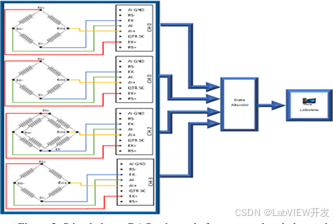Helm 是 Kubernetes 的包管理工具,而 Helm Chart 是 Helm 的核心概念,用于定义、安装和升级 Kubernetes 应用。本文将带你从零开始,通过实战演练,掌握 Helm Chart 的创建、配置和部署,帮助你高效管理 Kubernetes 应用。
1. 环境准备
在开始之前,确保你已经具备以下环境:
- Kubernetes 集群:可以是本地集群(如 Minikube)或云服务(如 GKE、EKS)。
- Helm:安装 Helm 3.x 版本。
- kubectl:用于与 Kubernetes 集群交互。
© ivwdcwso (ID: u012172506)
2. 创建 Helm Chart
Helm Chart 是 Helm 的打包格式,用于定义 Kubernetes 资源。我们将创建一个 Helm Chart 来部署一个简单的 Web 应用。


















![[论文总结] 深度学习在农业领域应用论文笔记14](https://i-blog.csdnimg.cn/direct/d9596981fcb94a6197b62eb02f55fd41.png#pic_center)
